Juana of Castile’s little sister may be more familiar to English-speaking readers; she was Catherine of Aragon, Henry the Eighth’s first wife.
Catherine became, in the eyes of history, the betrayed wife of a fickle king. Thomas Cromwell said of her “If not for her sex, she could have defied all the heroes of History.”
But Juana was just as capable and strong-willed: yet she became merely La Loca - Crazy Jo.
She was the daughter of Ferdinand and Isabella of Spain. Like her sisters, she was groomed from birth to make a good marriage and thus expand her parent’s sphere of influence. Her first lessons were French, needlework, music and dancing, everything required to make her a good medieval wife.
While still an infant she was betrothed to Philip of Flanders, Duke of Burgundy and son of the Holy Roman Emperor Maximillian.
She did not need meet her future husband until she was sent to Flanders in 1496, when she was seventeen.
But for an arranged marriage, it was extraordinarily successful; the two fell in love at first sight.
Philip’s nickname was ‘Philip the Handsome’ and he apparently thought his blue-eyed, strawberry-blonde princess was easy on the eye also; he insisted they consummate the marriage almost as soon as she got off the ship.
Unfortunately, the prince and his Spanish princess did not live happily ever after; this was the fifteenth century, after all, and Philip did not see marriage as an impediment to sleeping with the rest of the court.
Fro her part, Juana proved jealous and possessive; it was alleged that she attacked one of his mistresses and cut off her hair. In those days this was shocking behavior; a royal queen was supposed to turn a blind eye. But Juana’s temperament was quite contrary.
In 1502, following the deaths of her brother, her sister and her nephew, Juana became heiress to the throne of Castile.
But when her mother, the queen, died two years later the Catilian grandees were slow to proclaim Juana their new regent.
It seems that after years of living in his wife’s shadow Ferdinand, her father, coveted the throne for himself.
He minted Castilian coins in the name of “Ferdinand and Juana, King and Queen of Castile, Léon and Aragon.”
He then persuaded the Cortes that Juana was too mentally unstable to govern.
'Hmm, that must mean I'm king.'
Philip, meanwhile, minted his own coins in the name of “Philip and Joanna, King and Queen of Castile, Léon and Archdukes of Austria.”
'Hmm. No, it doesn't.'
Late in 1505 Philip and Juana arrived in Castile and the country was thrown into turmoil. Philip and Ferdinand tried to solve the impasse by intriguing with each other, signing an agreement that Juana’s mental instability made her incapable of ruling and promising to exclude her from all future government.
'Let's work something out between ourselves.'
But all Philip’s intriguing came to end when he died suddenly of typhoid; some historians have suggested that Ferdinand had him poisoned.
With the country riven with plague and famine Juana was unable to secure the funds to protect her position. Ferdinand took power, confining Juana to the Santa Clara convent in Tordesillas near Valladolid. He insisted she was mad and therefore unfit to accept the crown.
If Juana was not mentally ill before being locked away, her mental state was fractured by her confinement.
But even after her father’s death in 1517 Juana’s position did not improve.
As soon as her son, Charles, had obtained from her the necessary authorization to assume the throne, he confirmed that her confinement would continue. Having a mad mum suited him just fine.
Juana’s youngest daughter, Catalina, lived with her at Tordesillas for sixteen years, but in 1625, she was kidnapped and married off to King Juan III of Portugal leaving Juana bereft.
The unfortunate woman lived on another thirty years, dying at the great age, for those times, of 76. She was buried beside her husband Philip in the Royal Chapel at Granada, across from the tombs of her parents Ferdinand and Isabella.
But was La Loca really mad?
Did she really spend nights by a moldy coffin talking to the corpse of her dead husband - as rumor would have it?
Or was she rather a political pawn, betrayed by her father, her husband and her son, who exaggerated her symptoms for political gain?
Most historians now agree that Juana suffered severe clinical depression or even a bipolar disorder inherited through the family line, perhaps consequent to incestuous marriage practices. But just how severe her symptoms were - and how ruthlessly she was manipulated by those around her - we shall never really know.
The mother of two emperors and four queens she spent much of her life shut away in solitude.
Of all the great Spanish queens, her story is perhaps the most tragic.
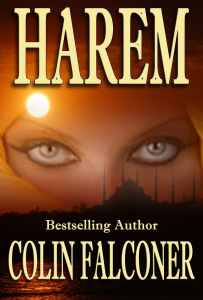 See HAREM, now on Slideshare!!
See HAREM, now on Slideshare!!
If you enjoy my blog, you can sign up for the monthly newsletter. This month subscribers will have the chance to get a copy of my latest release WARBABY free! (It will be the one and only giveaway of this novel.)
Sign on for more exclusive opportunities to win free books and news of upcoming releases, available to SUBSCRIBERS ONLY.

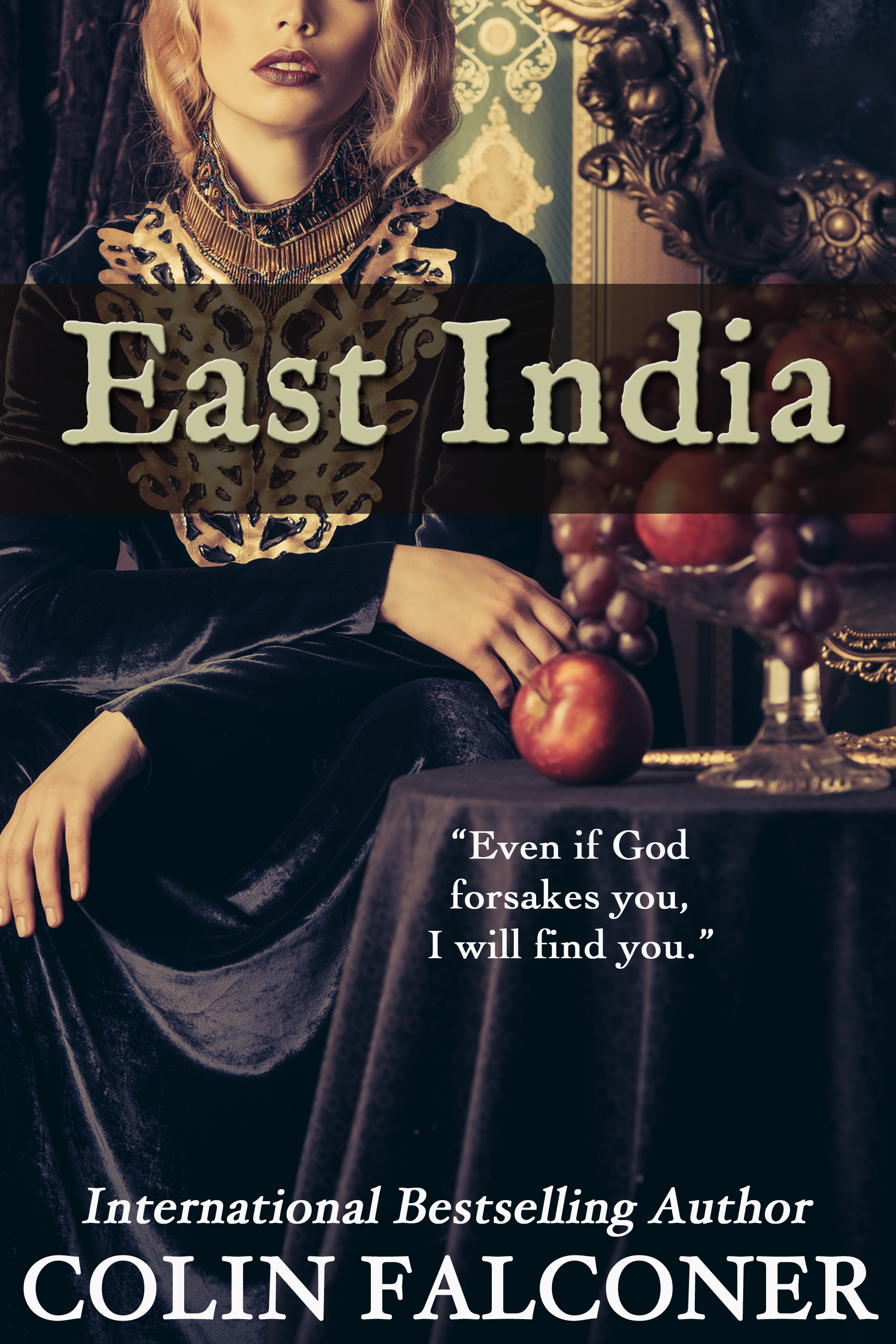
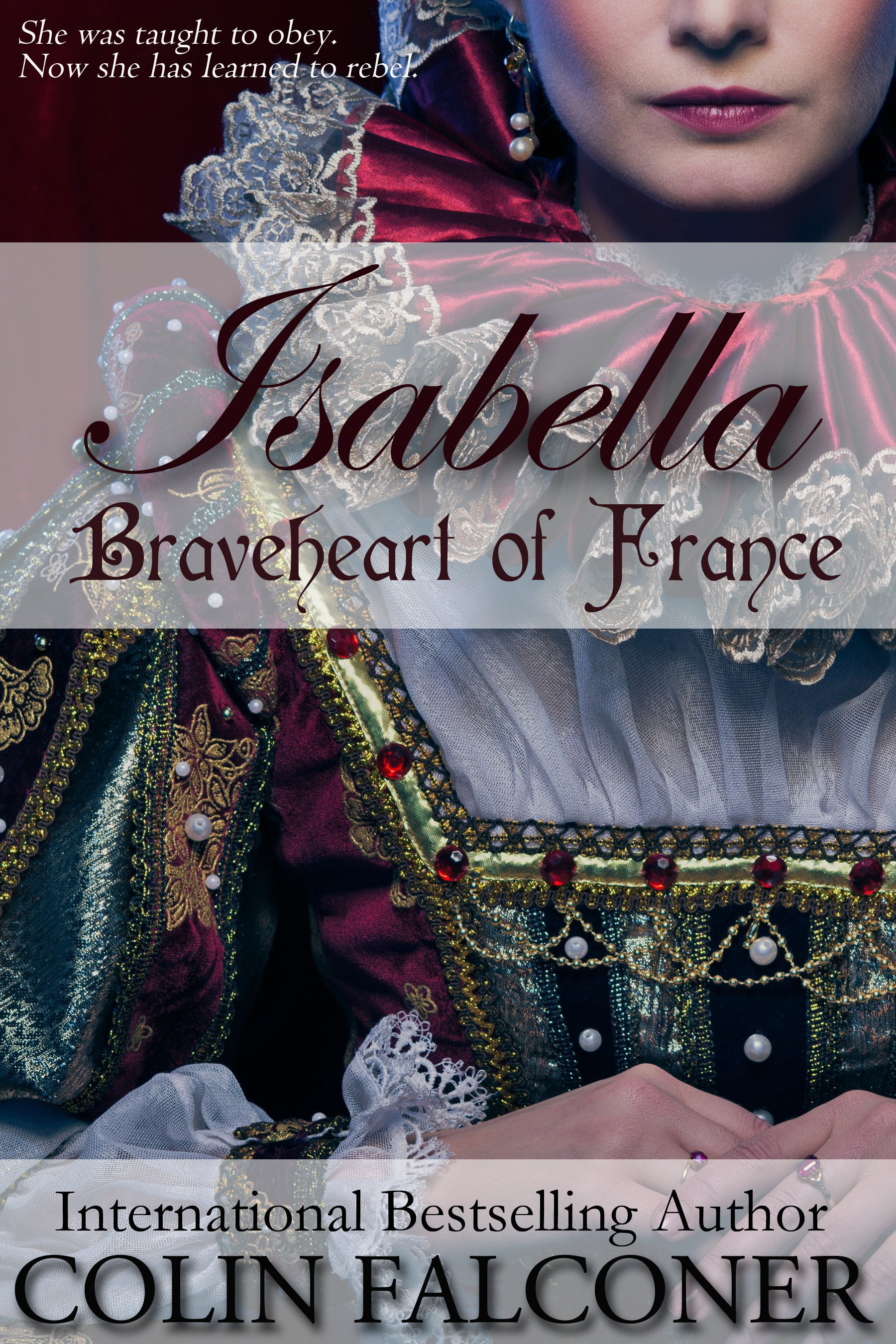



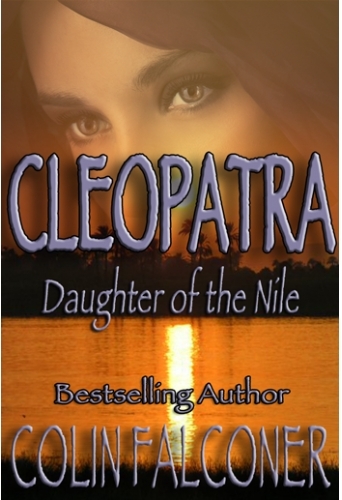

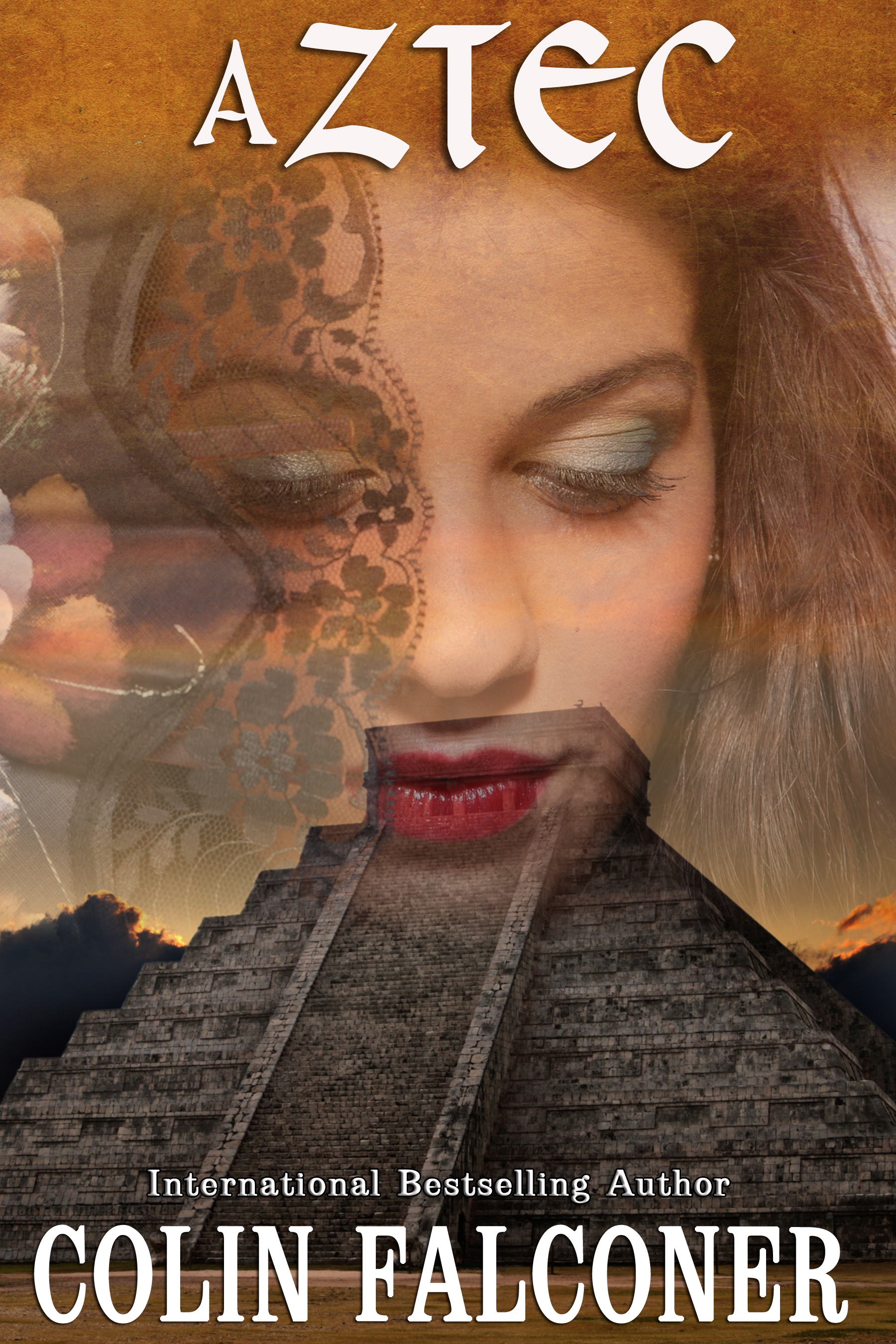



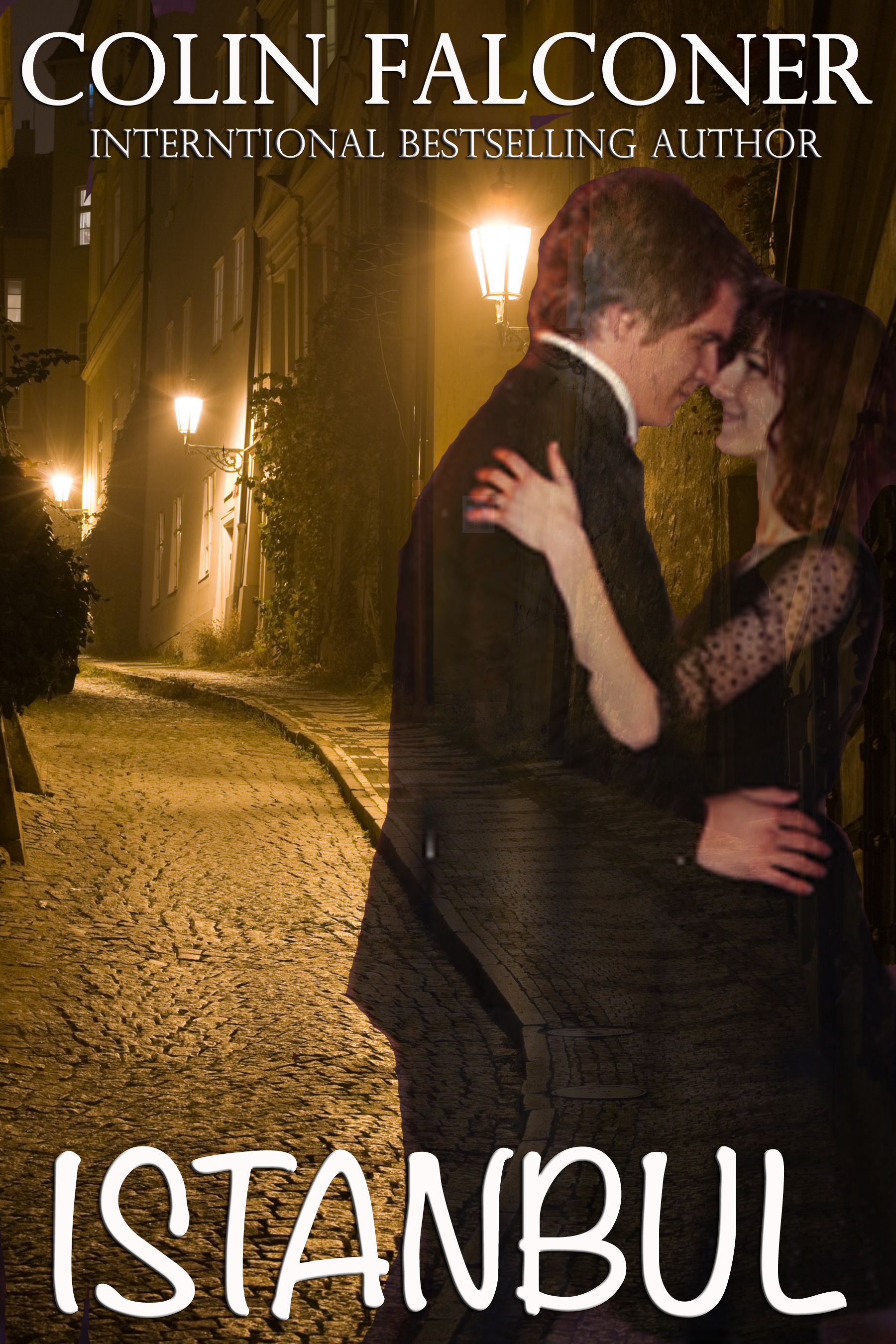




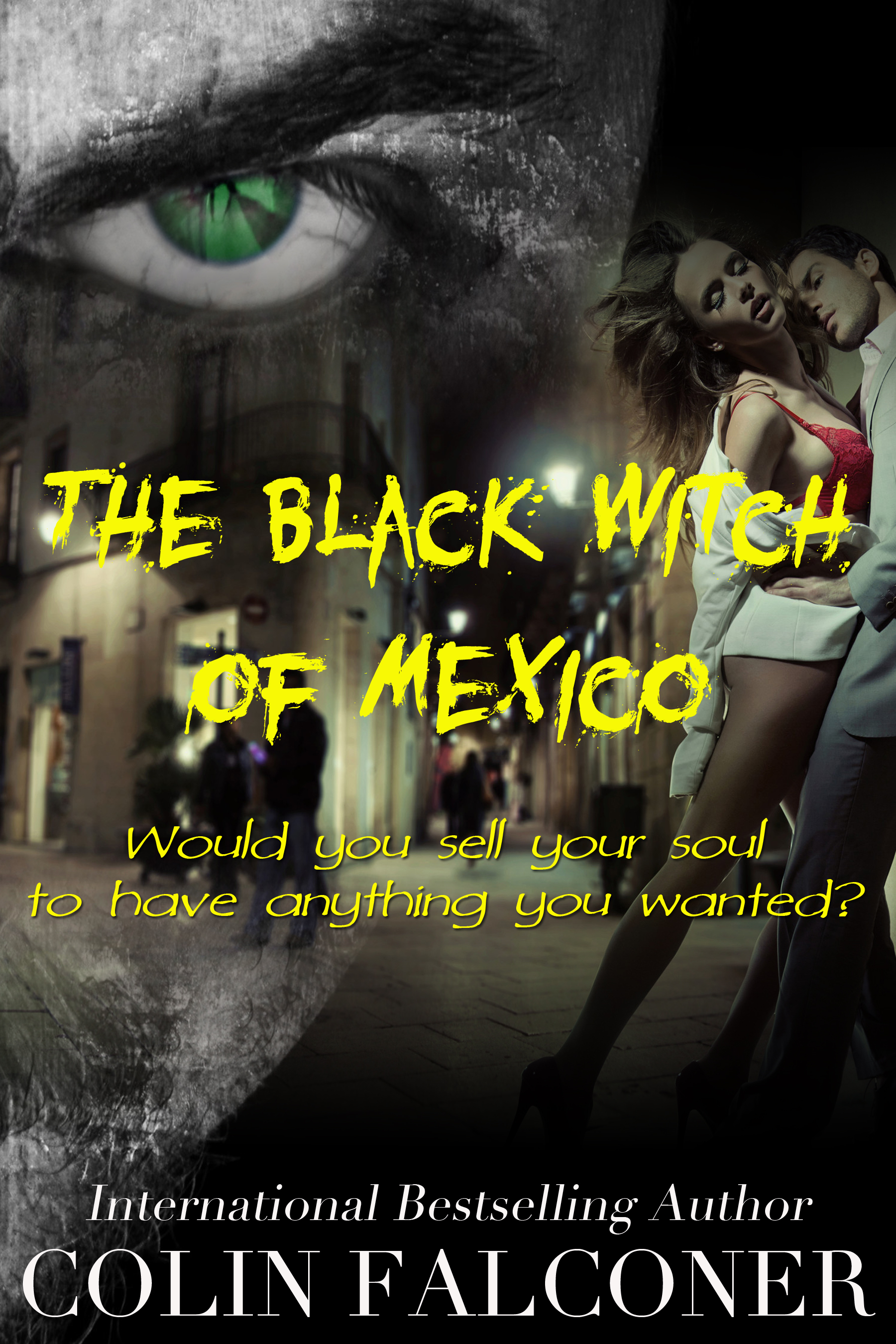
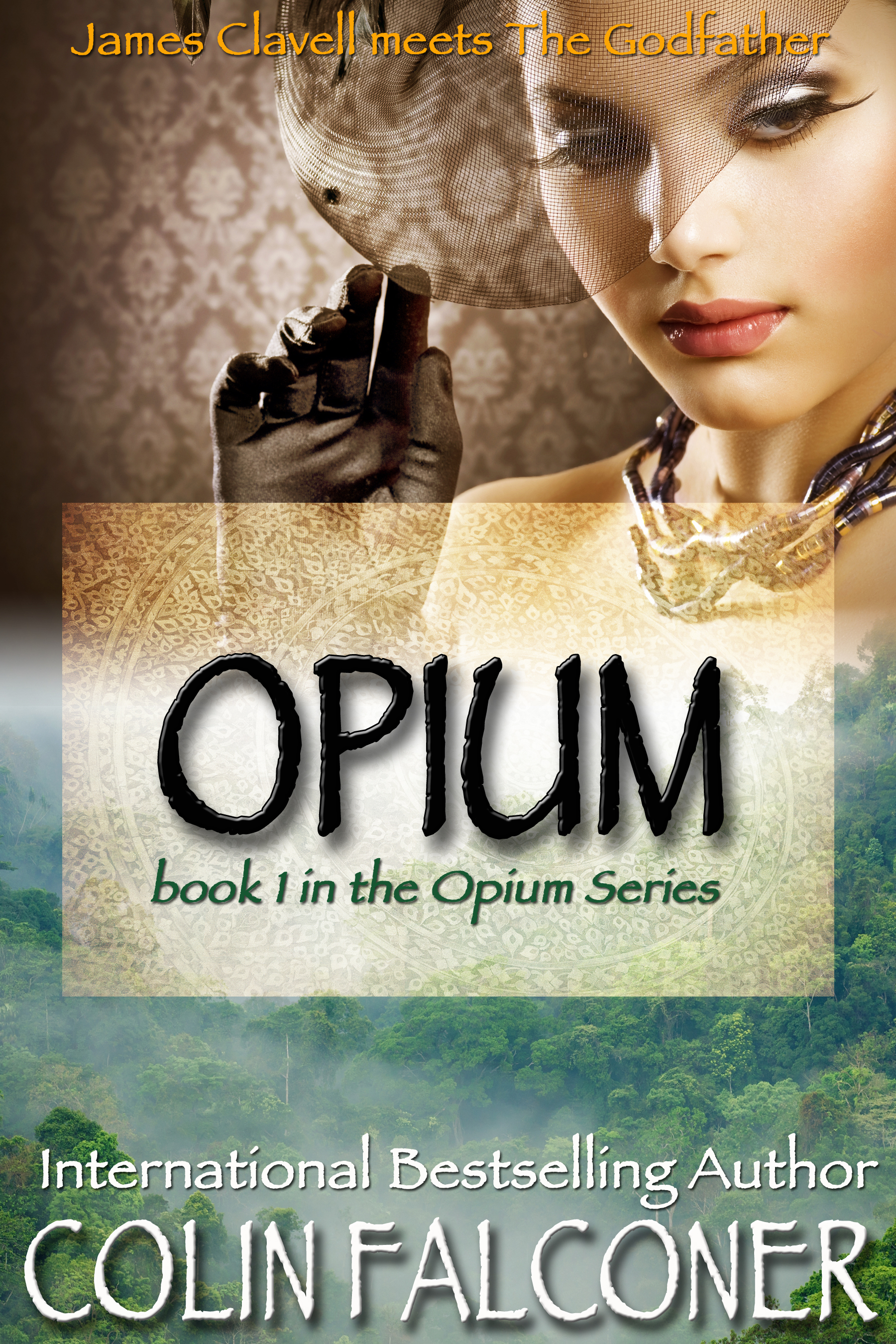

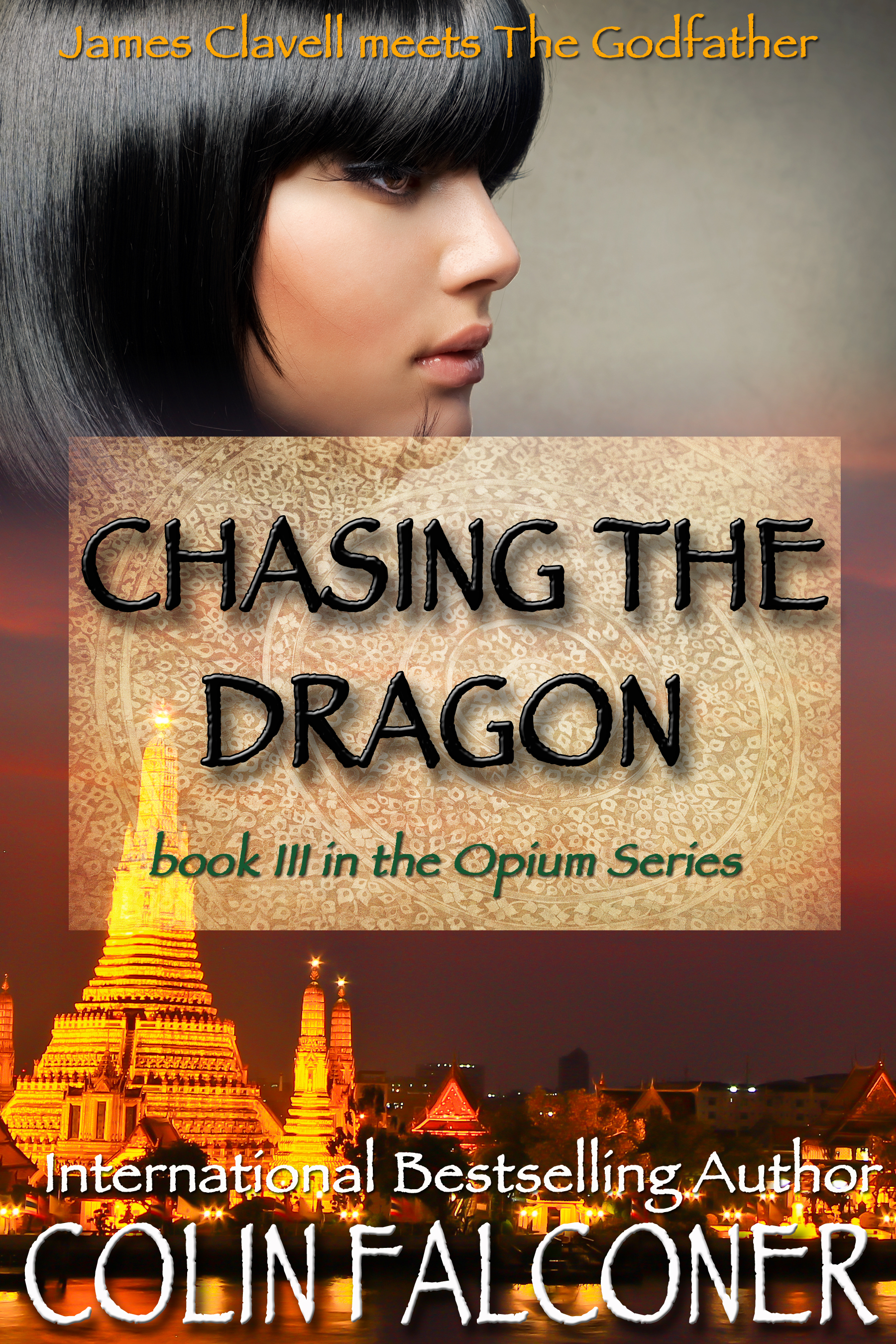
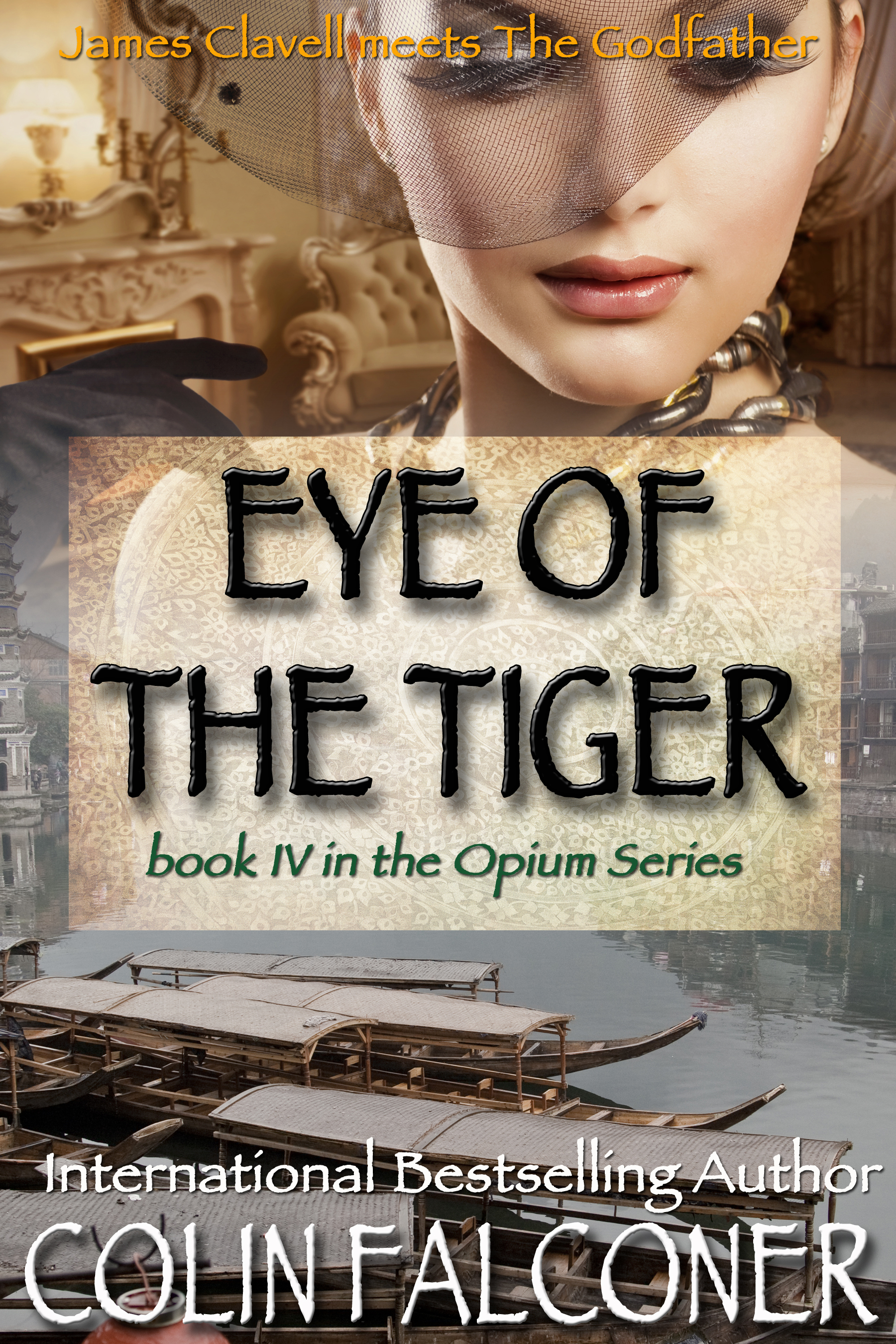
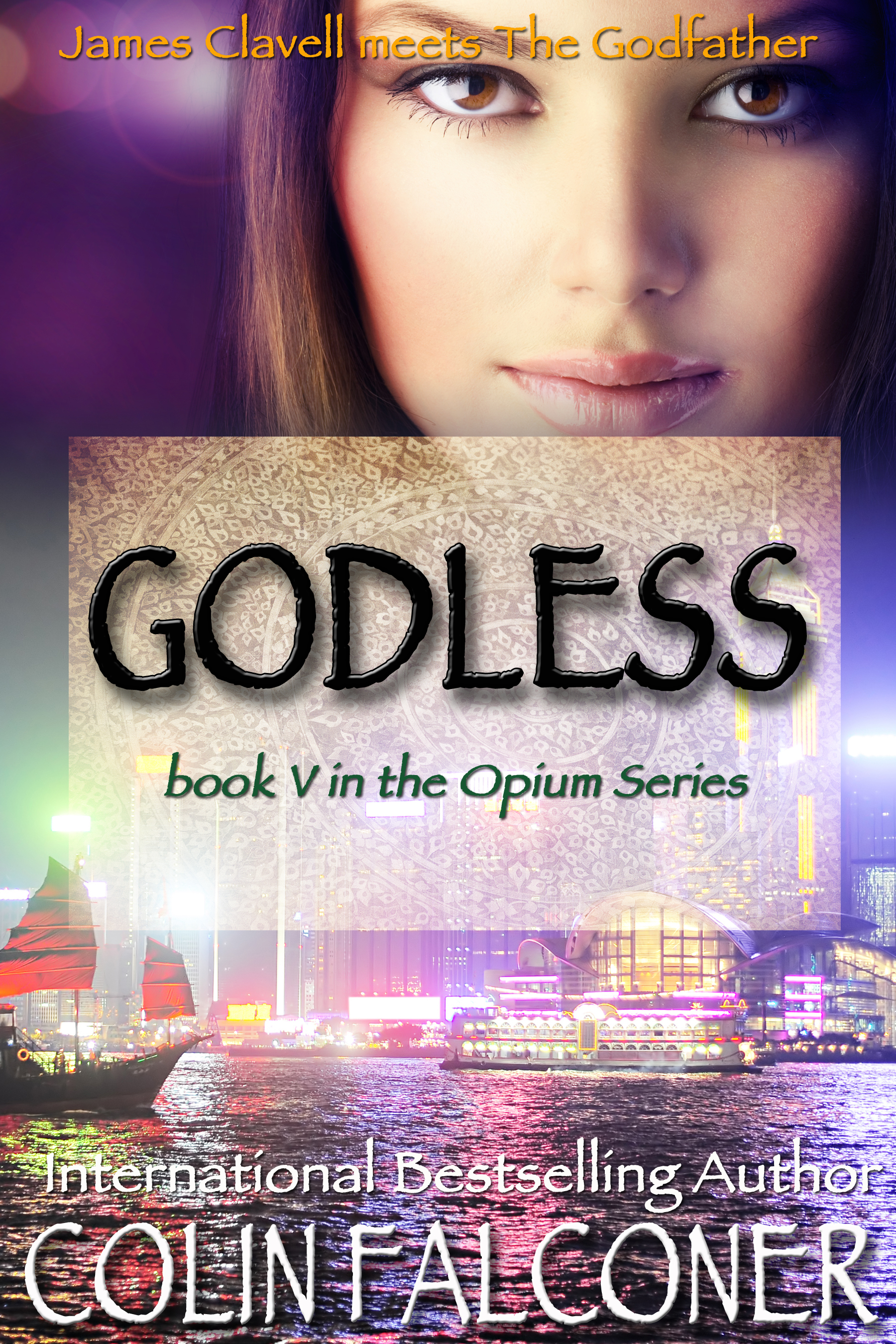




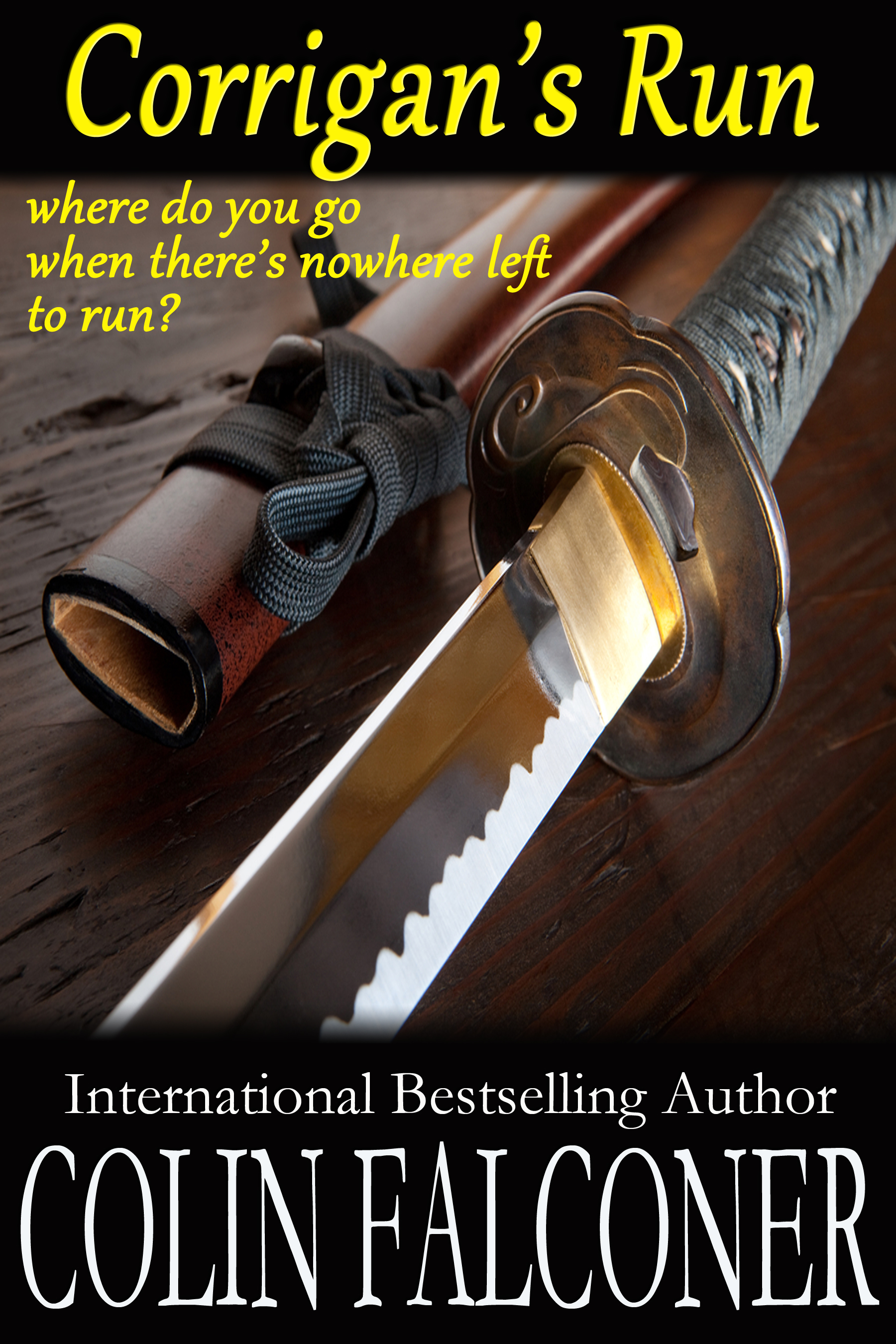
You have written about one of my favorite historical figures! I first learned of her when I watched the 2001 Spanish film, Mad Love. I recommend it. Then I read C. W. Gortner’s excellent historical novel, The Last Queen (which I also recommend). I’m not sure if she was indeed mad (my instinct tells me that she wasn’t, just passionate and strong-willed), but I feel that she was very greatly and wrongly maligned by those she trusted. Whatever the truth, it’s a tragic story.
Great article, Colin!
Thanks Michelle. I haven’t researched enough to know much more about her medical condition, but it sounds like she had a condition that was exaggerated for political purpose. The men in her life were apparently cruel and ruthless. And her story is tragic. I must get hold of CW’s book and have a read.
http://www.cas.umn.edu/assets/pdf/Juana%20The%20Mad.pdf
if you read the info on this website, you will understand the true extent that her madness was exaggerated. I’m doing my non-fiction coursework at school on her.
It’s a horrifying story, Charleigh, and the behavior of her son Charles was monstrous. Her life was tragic and the psychological torture she was submitted to simply barbaric. The file you sent me mentioned Cleopatra who was certainly judged by history for many centuries on the basis of her enemies’ propaganda.
Congratulations on your two very well documented articles on Juana la Loca and the architect Antoni Gaudí.
And its is interesting to put the question whether Juana was bipolar, mad or any other word to signal that she was a very unstable person. There is no doubt that her nearest relatives profited from this fact, but anyway and although you surely know already, it is to be pointed out that she came from a dinasty where, unfortunately, there were other cases of “madness” like:
1) Her grandmother Isabella of Portugal, the mother of Isabel I of Castile (the famous one). In her old age, I’ve read reports on her that she knocked her head against the walls where she was “confined”. She came from a family with several ancestors with “melancholic” personalities.
2) Her great grandchild, Carlos, son of Philip the II of Spain, protagonist of an opera “Don Carlo”. He wasn’t very stable either
So there are many probabilities that Juana really suffered a mental illness
So enjoy your stay among us in Barcelona. This night with snow, something quite strange, but snow does fall here from time to time.
The snow was a shock! It’s been so mild until now. And I was in London the last few days and it’s certainly much warmer than there!! I love it here anyway. The points you make about Juana’s family - I didn’t know about her grandmother or her great grandson, so thanks for those snippets. It has been said that the inbreeding, so common in European royal families (the Windsors, anyone??) contributed to a certain amount of mental instability. She is certainly a tragic figure, though.
In the monarchy here in Spain, there was a dramatic case of inbreeding: Charles II of Spain, the last of the Habsburgs. He is noted for his extensive physical, intellectual, and emotional disabilities. His father Philip IV of Spain and his mother Mariana of Austria were uncle and niece. And this after a long line of marriages between cousins and very close relatives, generation after generation.
I didn’t know that. I know the gene pool for royal marriages across Europe was very shallow back then. It’s a wonder some of the princes and princesses weren’t born with two heads.